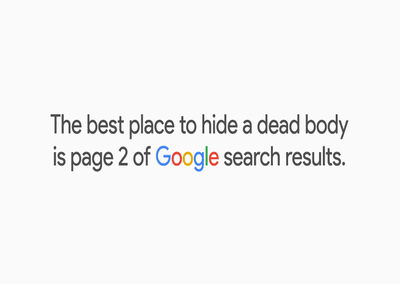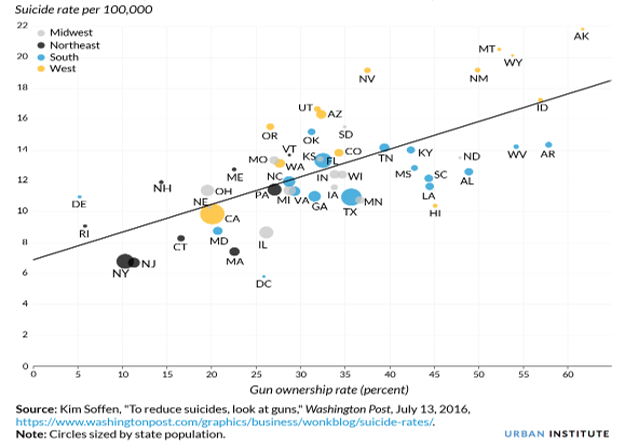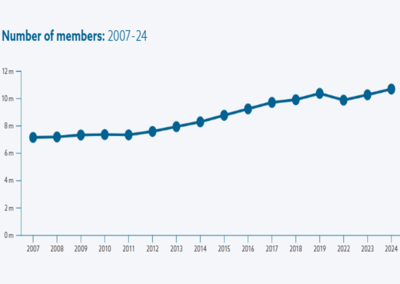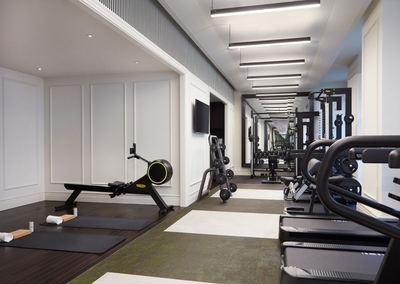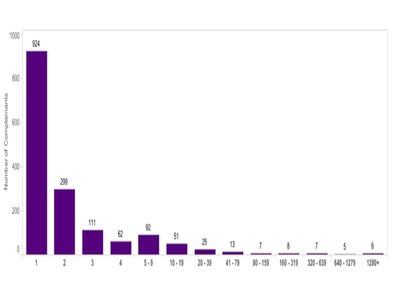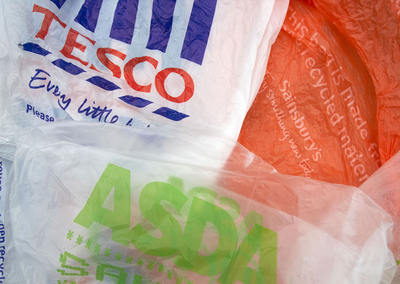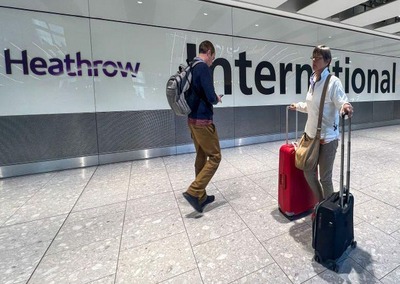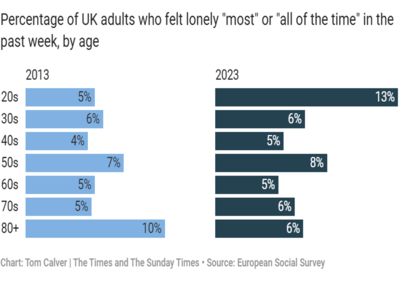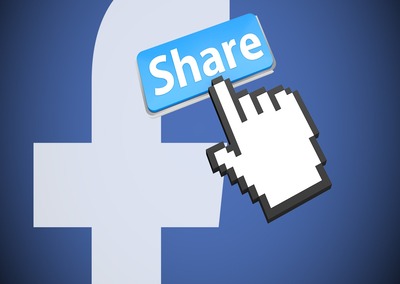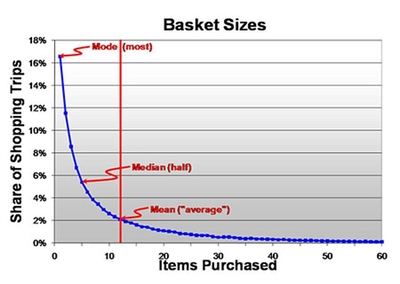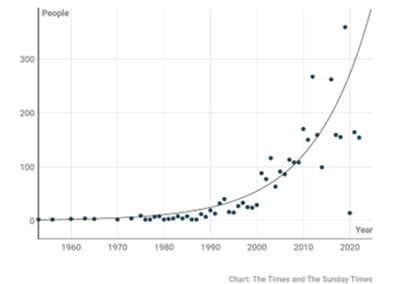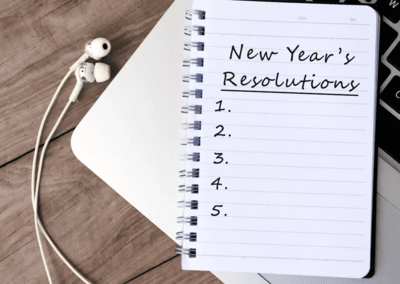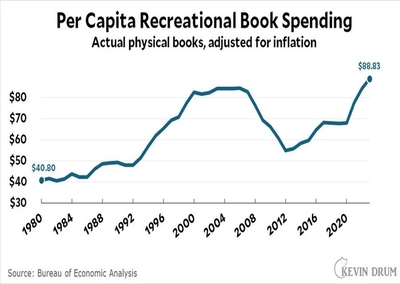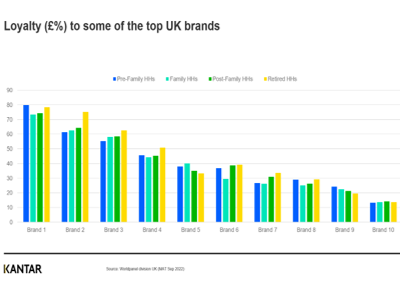Billions of people live in extreme poverty with almost no income, but this often feels too abstract to be meaningful. This prompted statistician Anna Rosling to launch Dollar Street, a project that uses photos to showcase the reality of living in poverty. Photographers have documented hundreds of homes in 50 countries so far, and in each home the photographer spends a day taking photos of up to 135 objects – everything from toothbrushes to shoes.
Consumer Behaviour
People say they seek out the best option, but their behaviour says otherwise. Only 0.63% of Google searchers clicked on something from the second page (hence it’s an excellent place to hide something bad…).
As bleak as it sounds, suicide is a question of ease and not just motivation. In the US, suicide rates are highest in the states where gun ownership is highest (and largely where gun control laws are weakest).
The pandemic was supposed to kill off gyms: who would want to pay when there were so many free alternatives at home? Yet 5 years on, gym memberships are at a record level (at least in the UK).
When business travellers were asked which hotel facilities were most important in their choice of hotel, 70% said the gym. But in reality, only 17% use the gym when they stay.
At Heathrow airport, 80% of noise complaints come from just 10 people.
Ask the right question. In a control study, usage declined dramatically when cashiers, instead of asking “how many plastic bags do you need?”, asked “would you need a plastic bag to carry your shopping home?” A clever tweak to change the default from taking a bag to not taking one.
Covid killed the ability to travel overseas, but not the desire to do so. In 2024 a record number of passengers travelled through Heathrow airport (83.9 million), making the need for a third runway greater than ever.
Forget the link between loneliness and the elderly – it’s highest among those in their 20s. It’s an odd finding, given this age group is more likely to have see friends, families and colleagues. But perhaps physical contact doesn’t guarantee emotional fulfillment. As writer David Robson points out, it’s perfectly possible to be living in a large household without feeling any of those people understand you.
If only virality was possible. In 2012, Yahoo researchers studying the spread of millions of online messages found that more than 90 percent of the messages didn’t diffuse at all. A tiny percentage was shared more than seven times, but nothing really went fully viral. The hard truth is that to reach lots of people, you have to actually reach them all at once (think Superbowl).
In fact they’re very rare. Panel data shows that the most common number of items purchased in a supermarket is one, with half of all trips buying 5 or fewer items.
In 1953, climbing Everest was the pinnacle of mountaineering. It took roughly 30 years for the first 300 people to reach the summit, but in 2019 that number ascended the mountain on one single day – a remarkable upward trajectory.
According to a (rather old) longitudinal study, only 40% of people have stuck to their resolutions after 6 months. The issue is not knowing how to quit smoking or exercise more – it’s taking the steps to do so.
Yet, as John Long points out, we’re spending more on books than ever before. And before you ask, there has been close to zero book inflation in the same period (i.e. prices have stayed the same).
But not according to actual purchase data, which shows that the differences are marginal. And where there are slight skews, it’s mainly because older groups buy the category less often – so they simply have less opportunity to shop around!


